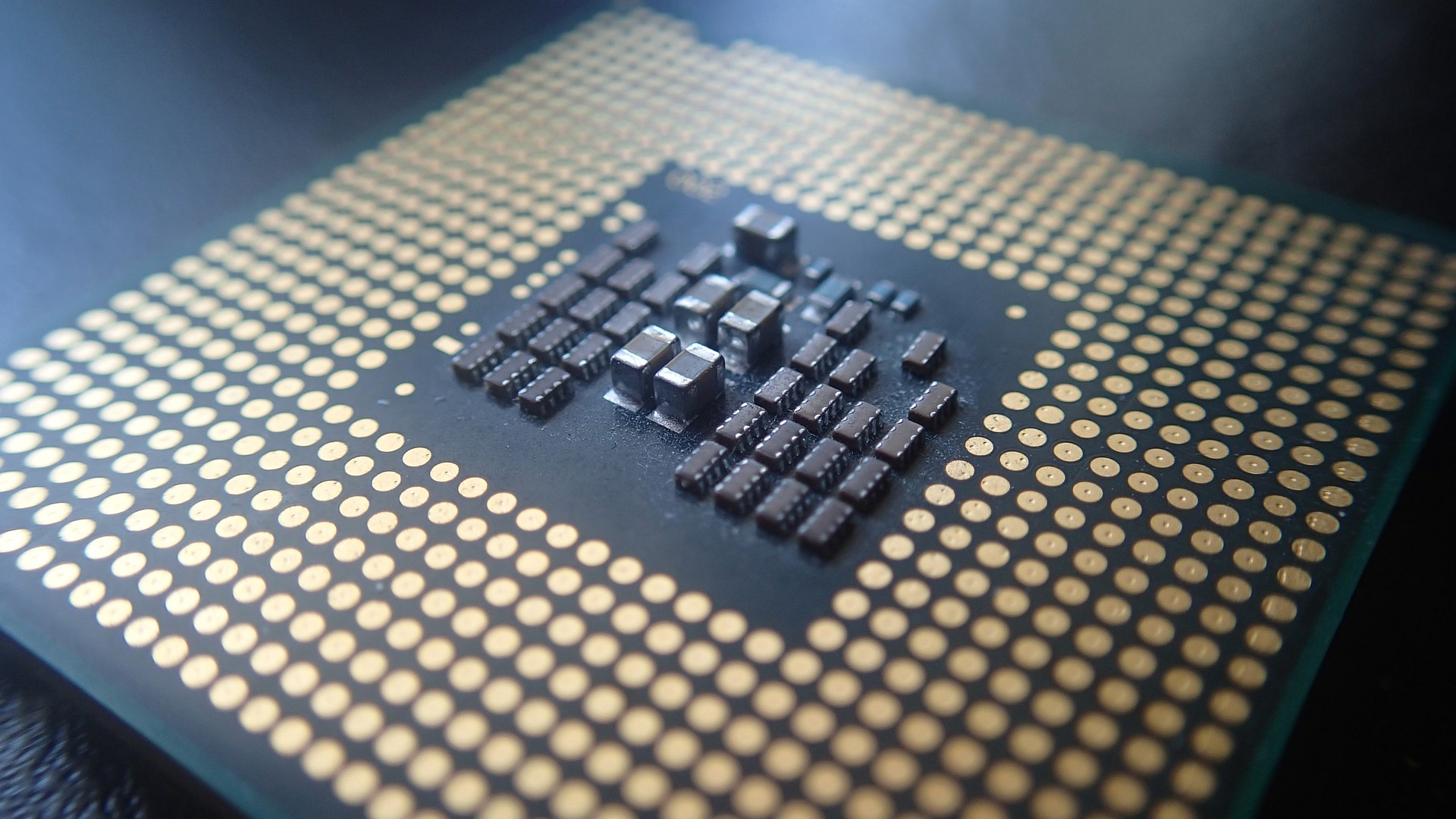Beyond the Surface: The Intriguing Realm of Underwater Data Centers
The concept of storing data underwater might seem like something right out of a science fiction movie. Yet, in the ever-evolving world of technology, this outlandish idea has not only been imagined but also brought to life. From the initial trials to the current advancements, let's dive into the fascinating world of underwater data centers.

The Genesis of Subaquatic Data Centers
The concept of underwater data centers was first introduced in 2014 by Microsoft as part of Project Natick. The idea was inspired by the fact that over half of the world’s population lives within 120 miles of the coast. The project aimed to leverage this proximity to the ocean to provide quicker data access and reduce latency.
The Natick Experiment: A Leap of Faith
In 2018, Microsoft submerged a data center the size of a shipping container off the coast of Scotland. This was not just a theoretical experiment but a fully operational data center, processing workloads for two years. The underwater module, packed with servers and storage devices, was retrieved in 2020. The results were encouraging - the failure rate of servers underwater was just one-eighth of that on land.
Why Underwater? Advantages of Submarine Data Centers
Subaquatic data centers offer several advantages. First, the ocean provides a natural cooling system, reducing the energy required for temperature regulation. Second, these data centers can leverage renewable energy sources like tidal and solar power. Lastly, being close to coastal cities can significantly improve data latency, offering faster services to customers.
The Price Tag and Market Impact
While Microsoft has not disclosed the exact cost of Project Natick, it has indicated that the overall expenses were comparable to land-based data centers. Considering the benefits, subaquatic data centers could significantly disrupt the $200 billion data center industry. They offer a sustainable and efficient solution to the escalating demand for data storage and processing.
The Future is Underwater: Current Developments and Prospects
The success of Project Natick has paved the way for further research and development in this field. Microsoft is now exploring larger and more powerful underwater data centers. Other companies and research institutions are also investigating the viability of this technology.
In conclusion, underwater data centers represent a novel and promising direction in the world of data storage. They have the potential to address critical challenges in the industry while offering a more sustainable and efficient solution. As technology continues to push the boundaries of what is possible, we can expect to see more exciting developments in this fascinating realm.





